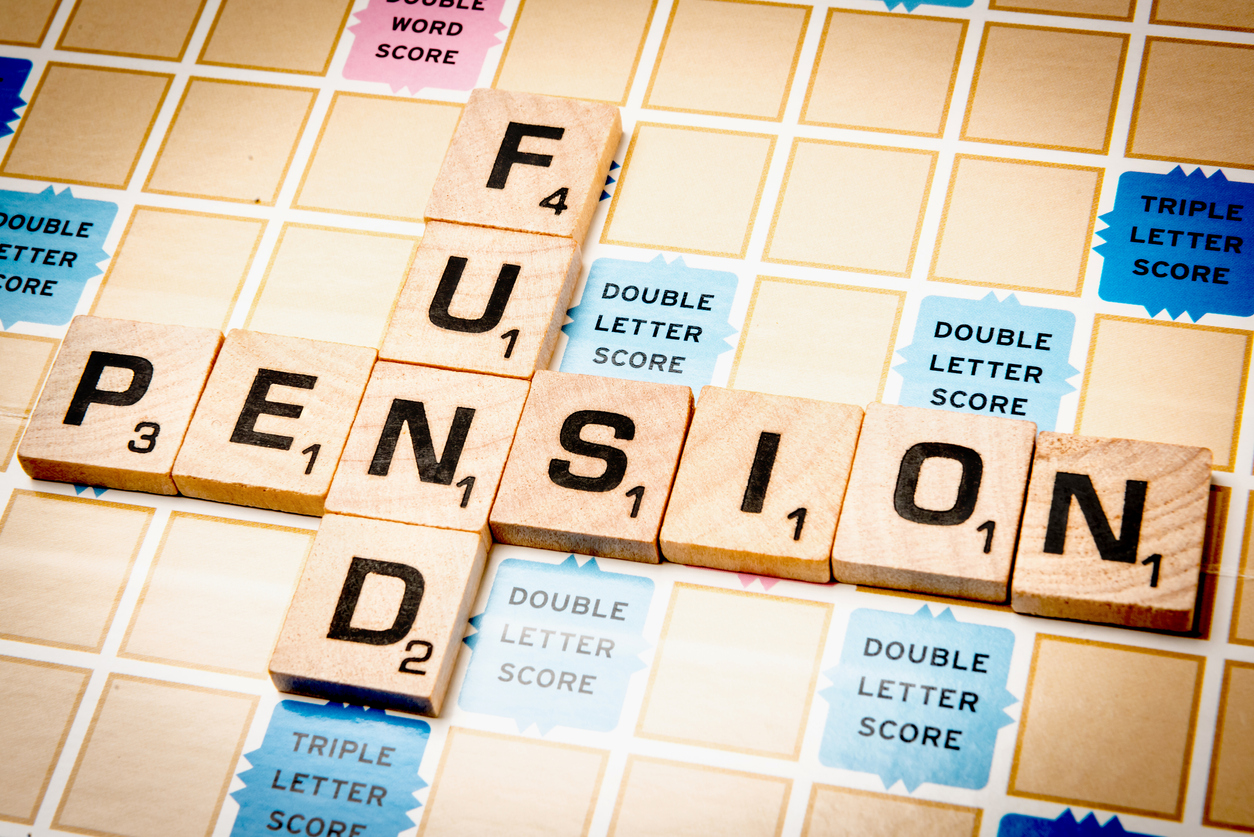
When we first meet business owners, we often find that they view pension planning as a low priority, and we do come across business owners who have no pension provision at all. This is in contrast to those who are employed, where most are auto-enrolled into a workplace pension scheme, and therefore automatically accumulate savings towards their retirement. This is not the case for business owners, who need to take action to pay funds into a personal pension, and far too often this option is overlooked. There is, however, every reason for business owners to make pension contributions, as this is a tax-efficient way of drawing funds out of the business.
Salary or dividends
Directors of limited companies tend to draw income as a mix of a small salary, which is often somewhere between the level above the Lower Earnings Limit for National Insurance, but below the Personal Allowance above which Income Tax is paid, with the remainder drawn as dividends. In practice, this means that most Directors draw a salary between £6,396 and £12,570 in the current Tax Year. As pension contributions are limited by salary, this restricts the ability for a director to make meaningful personal pension contributions. It is important to note that dividends are not deemed “relevant earnings” and cannot be treated as income for the purposes of personal pension contributions.
Employer contributions
Whilst personal pension contributions are limited, a powerful tax break can be used that enables directors to receive contributions into their pension over and above the level of their salary. Directors of a limited company can benefit from their employer/employee relationship and opt to make contributions as an employer pension contribution, which is paid by the company from pre-tax company income. As the contributions are not made by the individual director and therefore are not limited by their salary, the full Annual Allowance is available. This is £40,000 in the current Tax Year, but will increase to £60,000 from 6th April 2023, although the Annual Allowance can be reduced if an individual is a higher earner (and therefore subject to the Tapered Annual Allowance) or has previously accessed pensions flexibly (and is therefore subject to the Money Purchase Annual Allowance).
Tax savings
If a Director was to draw £10,000 from their business in additional dividends, this would be taxed at 8.75%, 33.75% or 39.35%, depending on the other income earned in the tax year in question. Arranging an Employer Pension Contribution would mean that the full £10,000 would be paid into a pension. A further tax saving should follow in the form of Corporation Tax relief on the amount contributed. Assuming the contributions are deemed as being exclusively in respect of your business trade, they can be classified as a legitimate business expense. This could mean a further saving of between 19% (the current rate of Corporation Tax) and 25% (the new highest rate of Corporation Tax in the next tax year).
What level of contribution?
The level of contribution made by a limited company on behalf of a director needs to pass a number of tests to ensure that the level of contribution is commensurate with the total remuneration, e.g. salary, dividends and benefits in kind, that are received by the director. This is where an Accountant can provide the necessary guidance that any employer pension contributions arranged would be deemed acceptable by HMRC.
Carry forward
Directors can also make use of the carry forward rules, to potentially make larger contributions than the Annual Allowance, by carrying forward any unused allowance not used in the preceding three tax years. This potentially means that a director could contribute up to £180,000 from 6th April 2023, although there are two key caveats. Firstly, an individual would need to have held a qualifying pension in the tax year from which an allowance is carried forward and secondly, a contribution of this level may not be deemed acceptable under the “wholly and exclusively” rules. It could be the case that the tax relief would need to be spread over a number of tax years , rather than being relievable in the year that the contribution is made.
Investment options
Whilst employer pension contributions are a very tax efficient way for directors to draw funds from their business, how the pension contributions are invested will determine the level of growth achieved and ultimately be the major deciding factor as to the level of retirement income that can be enjoyed. This is where adopting an appropriate investment strategy and regularly reviewing the performance of investments put in place are both crucial elements of effective pension investment. As an alternative to pension investments, some directors use a Self Invested Personal Pension (SIPP) to invest in their commercial premises, which is a permitted investment for pensions.
Potential pitfalls and the need for advice
Whilst directors should make use of pensions as a very tax efficient method of extracting funds from their business, obtaining the right advice is key to avoiding the potential pitfalls, such as breaching the Annual Allowance, or arranging contributions that fail to attract Corporation Tax relief. As each company’s circumstances are different, obtaining individual and tailored advice can help maximise the tax advantages and avoid potential issues.
At FAS, we regularly provide advice to business owners and directors across Kent, London and the South East. Speak to one of our experienced Financial Planners here if you would like to review the options open to you and your business.
The value of investments and the income they produce can fall as well as rise. You may get back less than you invested. Past performance is not a reliable indicator of future performance. Investing in stocks and shares should be regarded as a long term investment and should fit in with your overall attitude to risk and your financial circumstance.





